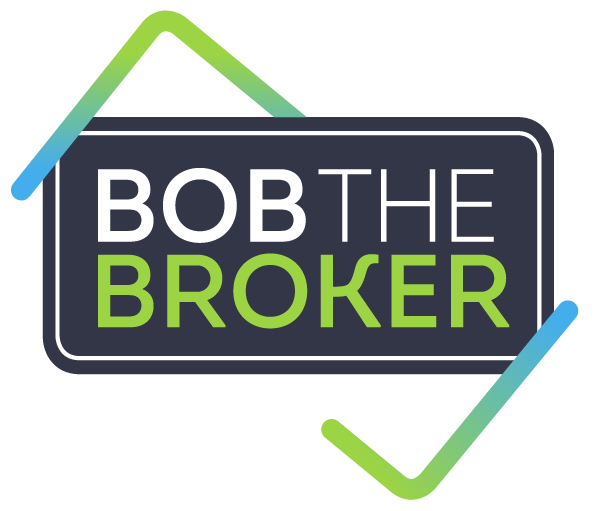Ditch the credit cards and increase your borrowing capacity
You may not realise that every credit card, store card or buy now/pay later account that you hold affects how much a lender will loan you when you are looking to purchase a home.
The impact of credit cards on your borrowing capacity
For every $15,000 you have on a credit card, you reduce your borrowing capacity by approximately $75,000*. So if you have 3 credit cards with a total limit of $45,000, you are potentially reducing your borrowing capacity by $225,0001.
It does not matter if you owe $0 on your cards, lenders will still calculate the minimum repayments at between 3% and 4% of your cards’ limits2. So when you are applying for a loan it is important to assess your credit card usage and limits and consider cancelling (or reducing the limit of) the cards you do not use and repay any credit card debt quicker.
Methods to repay those cards quickly
The avalanche method
This method involves making only the minimum monthly repayments on all your credit cards except the one with the highest interest rate.
With this method, you repay as much as you can afford on the credit card with the highest interest rate to repay that card as quickly as possible.
Once this card has a zero balance, use the money you were previously paying towards that card’s repayment and add it to the credit card with the next highest interest rate and so on until all cards have been repaid.
The snowball method
This method relies on creating a feeling of achievement. It completely ignores interest rates and focuses on repaying the credit card with the smallest balance first.
Once this card has been repaid, you will feel a sense of achievement and motivation to crush the next card. It is good practice to use the extra funds you now have and apply them to the next highest credit card. Repeat and continue creating momentum until all your cards are repaid.
Freezing
Yes – I literally mean freezing – a popular method used many years ago before ‘tap and go’ was available.
Some people who lacked control of their spending would put their credit cards in a container of water and pop them in the freezer. Seriously!
This meant they had to think long and hard while it melted before physically using it. An interesting strategy to limit the use of your card but still providing peace of mind in an emergency.
If you ‘tap and go’ with your smartphone, then consider deleting those cards you no longer use to avoid temptation. Then request your lender to cancel the card as well. Consider using only your debit card instead to track your savings and spending capacity.
Reduce your limit as you go!
If you want to get rid of a credit card altogether, one option to consider is to reduce the limit as you go. For example, if you have a $10,000 credit card and you have repaid $2,000, reduce your limit to $8,000. This will also reduce the temptation to spend the $2,000 sitting there whispering ‘use me, use me’.
Reduce your limit until you are at a smaller more manageable size, perhaps $1,000, and consider cancelling the card when the balance gets to zero.
Take advantage of windfalls
If you happen to come into some money, such as a tax refund or selling something around the house that you do not use anymore, consider putting these extra funds towards reducing your credit card balances.
Paying a large chunk off a card can be hugely motivating. Finding more things around the house to sell can also be a rewarding way to repaying those debts.
Make the chop
All the above methods are only effective if you change your spending habits and manage your card repayments. If you don’t need all your cards perhaps it’s time to get out the scissors?
If you'd like help with assessing your personal and financial situation, as well as comparing the loans in the market to see if you're truly getting the right deal for you, then call Bob Malpass now on 0431 862 136, email [email protected]
Thanks for reading
Bob
Disclaimer
The advice provided on this website is general advice only. It has been prepared without taking into account your objectives, financial situation or needs. Before acting on this advice you should consider the appropriateness of the advice, having regard to your own objectives, financial situation and needs. If any products are detailed on this website, you should obtain a Product Disclosure Statement relating to the products and consider its contents before making any decisions. Where quoted, past performance is not indicative of future performance.
Malpass Finance Pty Ltd disclaim all and any guarantees, undertakings and warranties, expressed or implied, and shall not be liable for any loss or damage whatsoever (including human or computer error, negligent or otherwise, or incidental or consequential loss or damage) arising out of or in connection with any use or reliance on the information or advice on this site. The user must accept sole responsibility associated with the use of the material on this site, irrespective of the purpose for which such use or results are applied. The information on this website is no substitute for qualified financial advice.





